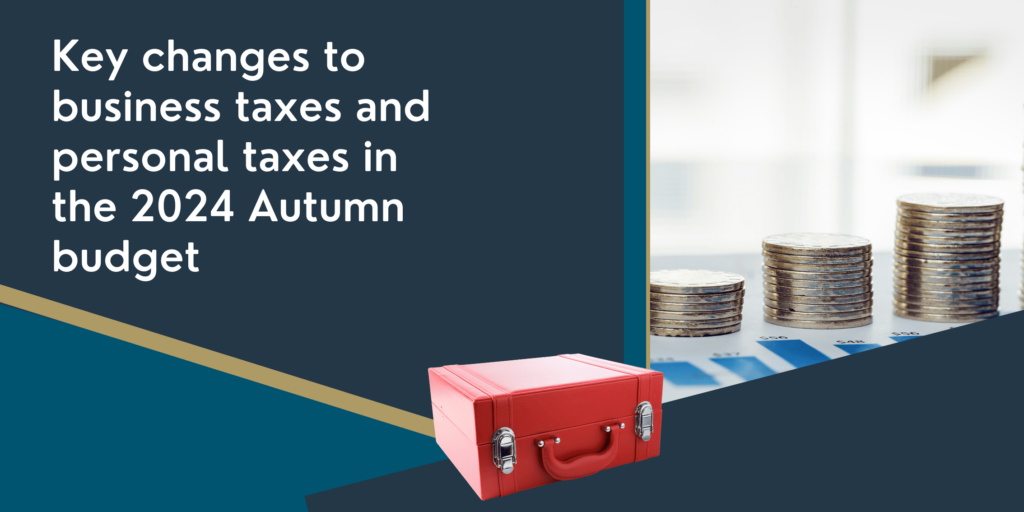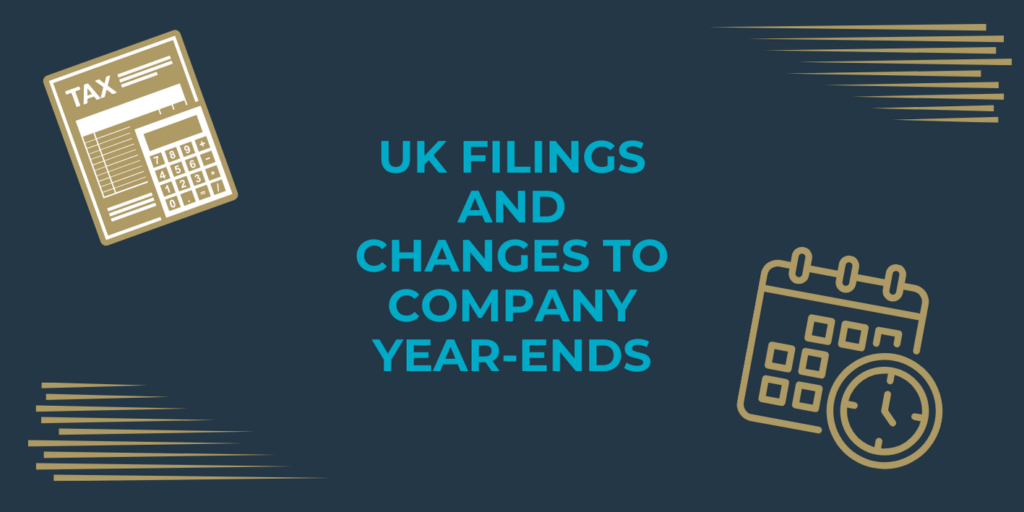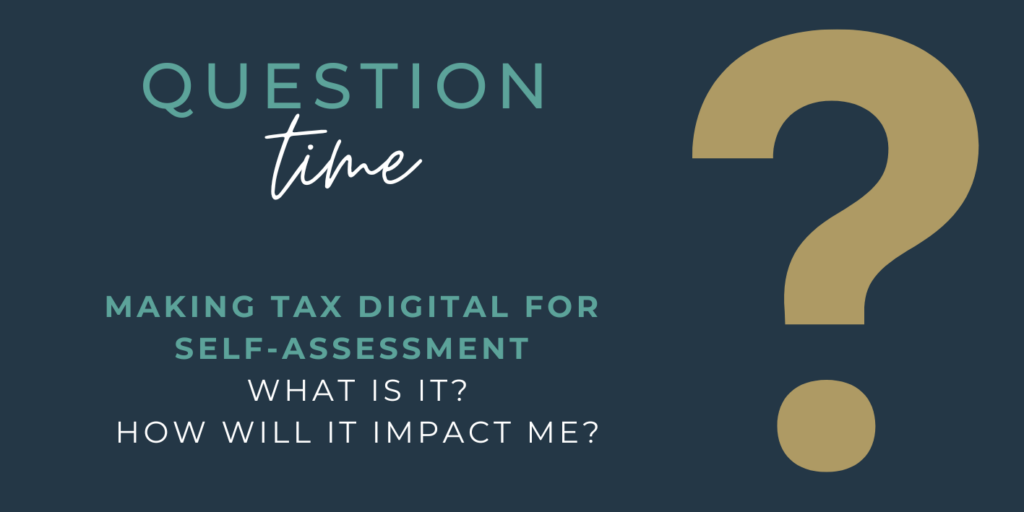The End of the Autumn Statement
New Chancellor, Phillip Hammond, presented his first major fiscal statement to the House of Commons on 23 November 2016, announcing the Autumn Statement is to be abolished and the Budget is to be moved from Spring to Autumn.
Other main announcements from the statement included:
- Personal Allowance for Income tax – The Chancellor confirmed the personal allowance will rise to £11,500 and the higher rate threshold will increase to £45,000 from 6th April 2017. By 2020-21 the personal allowance is to rise to £12,500 and an individual will have to earn £50,000 before they pay higher rate tax.
- Corporation Tax Rate – from April 2017 the corporation tax rate is to be lowered to 19% and by 2020 the Corporation Tax rate for business will be reduced to 17%.
- Employee and Employer National Insurance – the secondary (employer) threshold and primary (employee) threshold will be aligned from April 2017, meaning both employers and employees will pay National Insurance on weekly earnings above £157.
- Class 2 National Insurance – Class 2 National Insurance will be abolished from April 2018, therefore simplifying contributions for self employed individuals.
- National Living Wage – for those aged 25 and over the National Living Wage will increase to £7.50 per hour from April 2017.
- Property and Trading Income Allowance – the Government is creating two new income tax allowances of £1,000 each for trading and property income. Therefore gross income below this level will no longer need to be declared or tax paid.
- Letting Agent Fees – the Government plan to bring forward the banning of letting agents charging fees to tenants in respect of administrative tasks. There will be consultations on this prior to further announcements.
- VAT – from April 2017 there will be a new rate of 16.5% for businesses that have low costs, such as labour only businesses. The onus being on the business owner to check whether this criteria is applicable.
Article written by Donna McCreadie







